How to Listen to Music
Method 1 of 2:
Finding New Music
-
 Ask friends and family you trust to suggest music for you, if you don't know where to start getting into music. If you're not much of a music person, the enormous variety of genres and styles is overwhelming, to say the least. Instead of diving in randomly, ask a friend who's music choices you admire for a little help getting started. Everyone has different tastes, and the people that know you the best can help you find a few bands to start with.[1]
Ask friends and family you trust to suggest music for you, if you don't know where to start getting into music. If you're not much of a music person, the enormous variety of genres and styles is overwhelming, to say the least. Instead of diving in randomly, ask a friend who's music choices you admire for a little help getting started. Everyone has different tastes, and the people that know you the best can help you find a few bands to start with.[1]- Ask questions when you hear songs that you like -- get the names of songs and singers to start building your preferences.
- Ask yourself what types of music you like. If you can give your friends a few songs and bands, it will be easier for them to suggest similar bands.
-
 Input your favorite bands into internet apps that search for similar music. Pandora creates unique radio stations based on your preferences. Google Music finds songs based on mood and activity. Spotify has a series of recommendations based on past listening history. The amount of code written to help people find new music is staggering -- making it easier than ever. You just have to provide a few of your personal favorites to get things started.
Input your favorite bands into internet apps that search for similar music. Pandora creates unique radio stations based on your preferences. Google Music finds songs based on mood and activity. Spotify has a series of recommendations based on past listening history. The amount of code written to help people find new music is staggering -- making it easier than ever. You just have to provide a few of your personal favorites to get things started.- Many playback programs, like iTunes, offer recommendation services as well. On iTunes, this is through the "Genius" setting.[2]
-
 See bands performing live, and give the warm-up acts a chance. Live music is often an unknown band's best chance to earn new fans. Going out to real shows is an incredible way to expand your musical library, and you can often meet the bands or pick up merchandise as well. Going to live music lets you feel out songs in real time, as well as get in touch with great, up and coming bands that would be almost impossible to find online.
See bands performing live, and give the warm-up acts a chance. Live music is often an unknown band's best chance to earn new fans. Going out to real shows is an incredible way to expand your musical library, and you can often meet the bands or pick up merchandise as well. Going to live music lets you feel out songs in real time, as well as get in touch with great, up and coming bands that would be almost impossible to find online. -
 Know where to find free music. There is free music everywhere these days, as long as you know where to dig. Spotify, Pandora, YouTube, SoundCloud, and more sites have free options, allowing you to listen in with a few commercials. Tech-savy audiophiles can use torrenting sites to get music, as long as they know the legal risks.[3]
Know where to find free music. There is free music everywhere these days, as long as you know where to dig. Spotify, Pandora, YouTube, SoundCloud, and more sites have free options, allowing you to listen in with a few commercials. Tech-savy audiophiles can use torrenting sites to get music, as long as they know the legal risks.[3]- Don't have technology? Head to your local library and check out a few CDs.
- Swapping music with friends, either through Dropbox, mixed CDs, or external hard drives, is easier and easier in the digital age. Simple copy the songs into the folder "My Music" → "Automatically Add to iTunes," or a similar folder for your program.[4]
-
 Listen to genres that are new to you or that you want to understand better. Try a light opera, or perhaps a show tune, played by an orchestra or just on piano. Do not think of anything else. This is a time to listen, enjoy and relax. You are going to try to develop a mental map of the music -- and that extends across all genres.
Listen to genres that are new to you or that you want to understand better. Try a light opera, or perhaps a show tune, played by an orchestra or just on piano. Do not think of anything else. This is a time to listen, enjoy and relax. You are going to try to develop a mental map of the music -- and that extends across all genres.- All genres of music borrow from others. From the "rock opera" and oldies-sampling hip-hop beats to the reggae/punk lovechild known as "ska," you'd be surprised how often influences from dissimilar genres bleed over.
-
 Stand true to the personal preferences and habits you enjoy when listening to music. Music is subjective. If you like a song, then that is more than enough. Too often people feel like they feel "guilty" about a band or song, or try to follow bands they don't enjoy. Stick to your guns -- if you like the band, listen to them.[5]
Stand true to the personal preferences and habits you enjoy when listening to music. Music is subjective. If you like a song, then that is more than enough. Too often people feel like they feel "guilty" about a band or song, or try to follow bands they don't enjoy. Stick to your guns -- if you like the band, listen to them.[5]
Method 2 of 2:
Listening and Discussing Music Intelligently
-
 Recognize and listen for repetition and variation. There is very often also something new very near the end. Locate passages that you find especially rewarding. Are these passages repetitions, variations, or new? If they are variations, can you realize what it was that was varied? More importantly -- why is a certain section being repeated at all? Is it because the melody is great, or to make a point with the lyrics?
Recognize and listen for repetition and variation. There is very often also something new very near the end. Locate passages that you find especially rewarding. Are these passages repetitions, variations, or new? If they are variations, can you realize what it was that was varied? More importantly -- why is a certain section being repeated at all? Is it because the melody is great, or to make a point with the lyrics?- Melody is simply a collection of notes, like the beginning of "Seven Nation Army" or the vocal notes repeated in a chorus. A catchy melody, is usually the key to whether or not a song catches on.
- Harmony is the collection of notes played at any one time. Some people think of it as "vertical," whereas melody is "horizontal." How do multiple voices, instruments, and notes come together in one instant to harmonize, or sound great on top of one another?[6]
-
 Think carefully about the tone, mood, and feel of the music. What are the intangible feelings the song gives? Start simply -- is it happy, or sad? Do the instruments sound bright and bouncy, or thoughtful and somber? What sort of scene to you imagine the song being played over -- rainy, sunny, joyous, thoughtful, heartbroken, etc. Some terms to keep in mind include.
Think carefully about the tone, mood, and feel of the music. What are the intangible feelings the song gives? Start simply -- is it happy, or sad? Do the instruments sound bright and bouncy, or thoughtful and somber? What sort of scene to you imagine the song being played over -- rainy, sunny, joyous, thoughtful, heartbroken, etc. Some terms to keep in mind include.- Colors: It may be hard to see color in sound, but close your eyes. Imagine the song is in a movie scene -- what is the dominant mood or color of that scene?
- Balance: How many instruments are playing at once? Is it spare and sparse, the beginning of "Hey Jude?" Or is it big, bold, and filled with noise, like the end of "Hey Jude?"
- Texture: A guitar can be "chunky" or "smooth," a trumpet solo can be "silky" or "abrasive." Mostly this comes from the rhythm -- are their long, well-held, smooth notes, or are they all short, choppy, and distorted?[7]
-
 Listen in for specific instruments, noting how the parts come together to form a greater whole. Notice things in the bass that seem alive, pregnant with meaning, or just sound cool. Notice the kinds of changes that happen at your favourite moment. Does the melody soar into an unfamiliar accent? Does a new rhythm add pungency? Does a buzz suddenly splinter into a fractured collision of noise and excitement?
Listen in for specific instruments, noting how the parts come together to form a greater whole. Notice things in the bass that seem alive, pregnant with meaning, or just sound cool. Notice the kinds of changes that happen at your favourite moment. Does the melody soar into an unfamiliar accent? Does a new rhythm add pungency? Does a buzz suddenly splinter into a fractured collision of noise and excitement? -
 Think about the song's movement, or progression. Does the song end up in the same, or a similar, place as where it started? Or does it tell a story, moving and evolving so that the singer feels "changed" from beginning to end. Both are viable types of songwriting, but both tell very different stories. If the song does seem to change, ask yourself how the singer and musicians made the "argument." At what point is there a shift in the overall idea or feel of the music?
Think about the song's movement, or progression. Does the song end up in the same, or a similar, place as where it started? Or does it tell a story, moving and evolving so that the singer feels "changed" from beginning to end. Both are viable types of songwriting, but both tell very different stories. If the song does seem to change, ask yourself how the singer and musicians made the "argument." At what point is there a shift in the overall idea or feel of the music?- The key change in "Hey Jude" is one of the most important, and famous, instances of movement and change in pop music. In an instant, the song goes from somber and thoughtful to joyous and intense.
-
 Search for any crucial outside context about the track. Songs are not written in a vacuum -- and sometimes stepping into the context of a song suddenly makes the lyrics make sense. For example:[8]
Search for any crucial outside context about the track. Songs are not written in a vacuum -- and sometimes stepping into the context of a song suddenly makes the lyrics make sense. For example:[8]- Eric Clapton's "Tears in Heaven" gains even more power when you know it is about his tragically deceased son.
- Kendrick Lamar's "Blacker the Berry" is a searing personal letter written right after Trayvon Martin was murdered. If you do not know the huge political and social ramifications of that case then the song likely falls on deafer ears.[9]
-
 Build up your musical concentration for longer pieces. Getting into jazz, classical, prog rock, or any other musical form with 10 minute songs, is daunting. Don't worry if you get distracted or even a little bored at first -- it is only natural. But push yourself to focus on each section on repeat listens. Composing these pieces is no mistake, and the composer is trying to fill the time and pull you along with the song at every second. While they might not always succeed, work on focusing throughout the whole song. You'll be surprised at the subtle, exciting bits and pieces you pick up.[10]
Build up your musical concentration for longer pieces. Getting into jazz, classical, prog rock, or any other musical form with 10 minute songs, is daunting. Don't worry if you get distracted or even a little bored at first -- it is only natural. But push yourself to focus on each section on repeat listens. Composing these pieces is no mistake, and the composer is trying to fill the time and pull you along with the song at every second. While they might not always succeed, work on focusing throughout the whole song. You'll be surprised at the subtle, exciting bits and pieces you pick up.[10]- Try out Duke Ellington's "Diminuendo in Blue," to get started. It is long, but high-energy and exciting throughout, with well repeated themes and melodies.
4 ★ | 1 Vote
You should read it
- 10 best song recording apps for Android
- How to Find a Song You Don't Know the Name Of
- When you have problems at work, open a song you love and listen to
- How will you like Prophetic Music on Spotify?
- You can guess the song title through the lyrics
- How to turn off Spotify automatic music playback on phones and computers


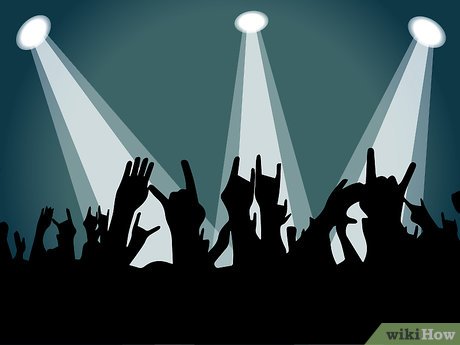
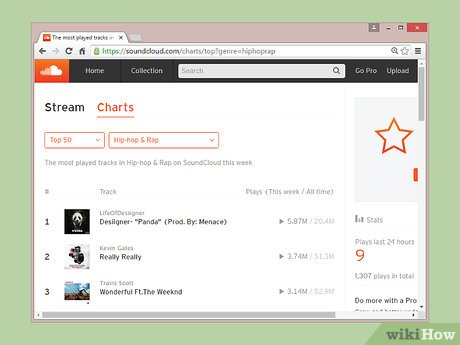
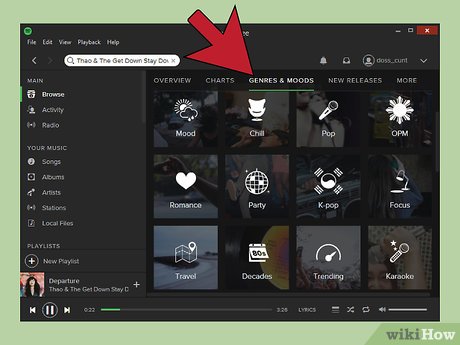
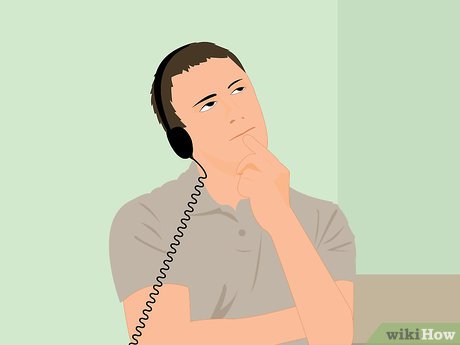
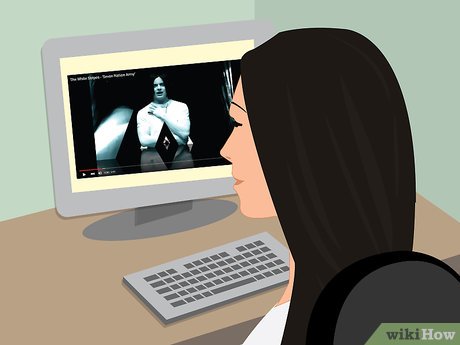
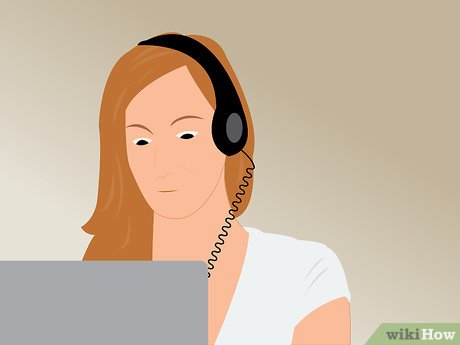
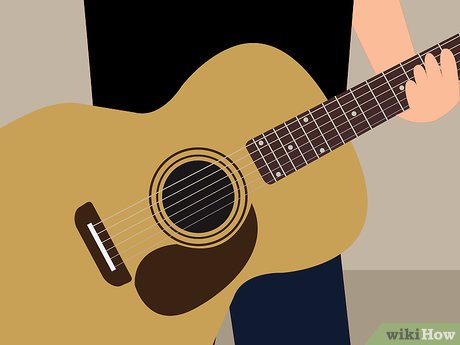
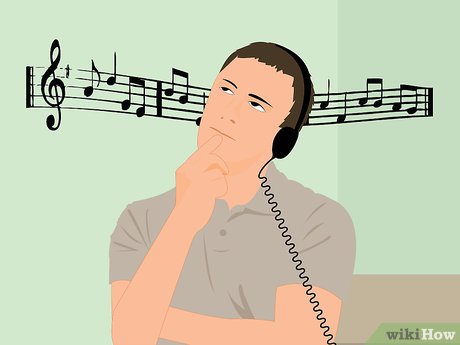

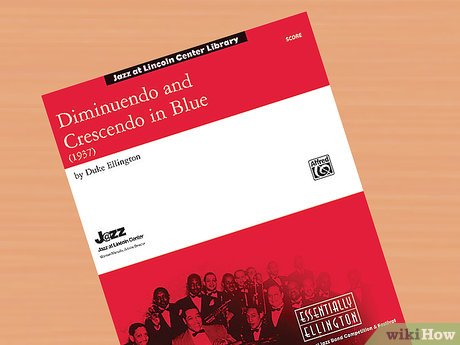
 How to Become a Musician
How to Become a Musician How to Rent Movies on an Xbox One
How to Rent Movies on an Xbox One How to Watch a Movie Your Parents Don't Want You to See
How to Watch a Movie Your Parents Don't Want You to See How to Watch a Movie With a PS2 Console
How to Watch a Movie With a PS2 Console How to Stop Being Scared After Watching Scary Movies
How to Stop Being Scared After Watching Scary Movies How to Get the Best Seat in a Movie Theater
How to Get the Best Seat in a Movie Theater